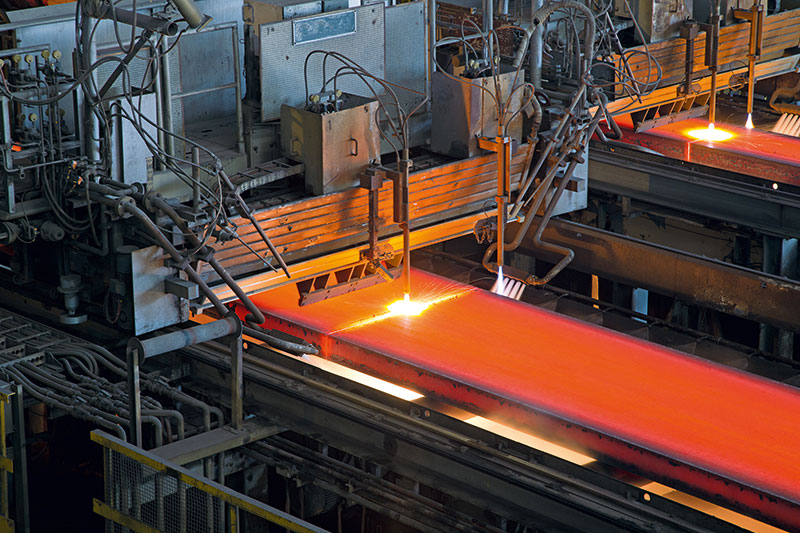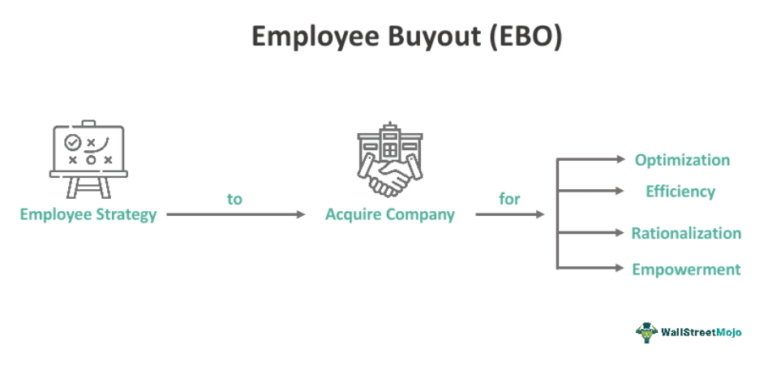
Audience
- Sentiment: Neutral
- Political Group: Conservative
- Age Group: 30-65
- Gender: Male
Overview
- Former President Trump is proposing a 25% tariff on steel and aluminum imports, aiming to protect American industries.
- Past tariffs led to retaliatory taxes from the EU, impacting American products like bourbon and Harley-Davidson motorcycles.
- Tariffs can raise consumer prices and create economic uncertainty, affecting jobs and investment opportunities.
The Impact of Trump’s Planned Tariffs on Global Trade and Industry: What You Need to Know
As we look ahead to the 2024 US elections, a familiar topic is once again making headlines: tariffs. Specifically, former President Donald Trump is discussing significant tariffs—an additional 25% tax—on steel and aluminum imports. This proposal might sound a bit wonky and far removed from our daily lives, but it could have some serious effects on the economy, industries, and even your favorite products. Welcome to the world of international trade!
When Trump first introduced tariffs in 2018, his goals were straightforward: reduce the trade deficit and promote American manufacturing. But like many things that seem simple at first glance, the consequences were anything but. Countries like those in the EU were not pleased. They responded by imposing their own tariffs on American goods, such as bourbon whiskey and Harley-Davidson motorcycles. You might be thinking, “Why should I care about whiskey and motorcycles?” Well, those products are not just drinks and rides; they represent jobs in rural areas and are part of a broader economic system that connects us all.
So, what’s the big deal? Why are tariffs such a hot topic? To better understand the impact of Trump’s planned tariffs, let’s break it down.
What Are Tariffs?
First off, let’s clarify what tariffs are. A tariff is basically a tax imposed on imported goods. Imagine you want to buy a fancy sports car from another country. If your government implements a tariff on cars from that country, it makes those cars more expensive. This pushes consumers to buy domestic cars instead. The aim is to protect local industries and jobs. But there’s a catch: while it can help certain industries, it may also lead to higher prices for consumers and retaliatory tariffs from other countries.
The 2018 Experience
In 2018, Donald Trump announced tariffs on steel and aluminum, claiming that America was getting taken advantage of by other countries. At the time, he argued these tariffs would lead to increased production in the U.S. and support essential manufacturing jobs. At first, it seemed like a good idea, but things quickly escalated. The EU responded harshly, placing their own tariffs on American goods, which meant American companies had to charge more or risk losing sales.
For example, many bourbon makers across states like Kentucky were hit hard. The European market is crucial for bourbon, and suddenly, their products became more expensive for European consumers. Harley-Davidson faced similar issues, and the company even hinted that they might move some production overseas to avoid these tariffs. That’s not just one motorcycle maker; it shows how interconnected industries can be in the global market.
The Current Landscape
Fast forward to today, and here we are again with Trump’s potential tariffs on steel and aluminum. In the backdrop, we have President Biden taking his own steps regarding trade, particularly with China. Biden has also increased tariffs, primarily as a response to concerns about unfair trading practices and human rights issues.
So why does any of this matter? Well, global trade dynamics are shifting. With increasing tariffs, companies that rely heavily on metals – like automakers and tech firms – are starting to get anxious. For instance, companies like Volvo Cars have expressed worry about the future of their operations. An increase in production costs could lead to higher prices for consumers, which is something we all feel when we go shopping!
But here’s the catch: the steel and aluminum industries are changing too. Modern advancements, such as electric vehicles and stricter emissions standards, mean that many manufacturers are rethinking how they source materials. This evolution comes with its own challenges. If tariffs lead to an increase in prices, some companies might struggle to stay competitive in the market, affecting jobs around the globe.
The Ramifications of Tariffs
Now, let’s discuss the potential ramifications of Trump’s proposed tariffs. While they might sound beneficial for domestic companies, the reality is that tariffs often lead to a web of economic challenges.
1. Increased Costs for Consumers: As mentioned before, tariffs can increase the prices of imported goods. If steel and aluminum imports get hit with a 25% tax, companies that rely on these materials will likely raise their prices. Imagine a new bike you wanted to buy suddenly costing more just because of some tax policy. Annoying, right?
2. Retaliation from Other Countries: When one country imposes tariffs, others often retaliate. This tit-for-tat situation can escalate quickly, leading to a trade war where every side ends up paying the price. The EU’s past response to American tariffs serves as a cautionary tale about how quickly things can get out of hand.
3. Impact on Jobs: While some jobs might be protected by tariffs, others could be lost due to increased costs. For example, if American makers of certain products can’t compete due to higher raw material prices, they might cut jobs or even go out of business. This could lead to a ripple effect across many industries.
4. Investor Uncertainty: Tariffs create uncertainty in the market. Investors might pull back due to the fear that businesses won’t perform as well as expected. Less investment means slower growth, which can lead to fewer job opportunities in the long run.
Conclusion
As the 2024 elections approach, the discourse surrounding tariffs and trade continues to evolve. The proposed 25% tariffs on steel and aluminum imports could reshape international trade dynamics significantly. Not only do they have the potential to increase prices for consumers, but they may also lead to economic retaliation from our trading partners, impacting American jobs and industries. It’s a complicated situation, but one that’s worth keeping an eye on.
Now, considering all this information, how do you feel about tariffs? Do you think they’re necessary to protect American jobs, or do you believe they do more harm than good? I’m curious to know your thoughts!
Share your opinions or any questions in the comments!





